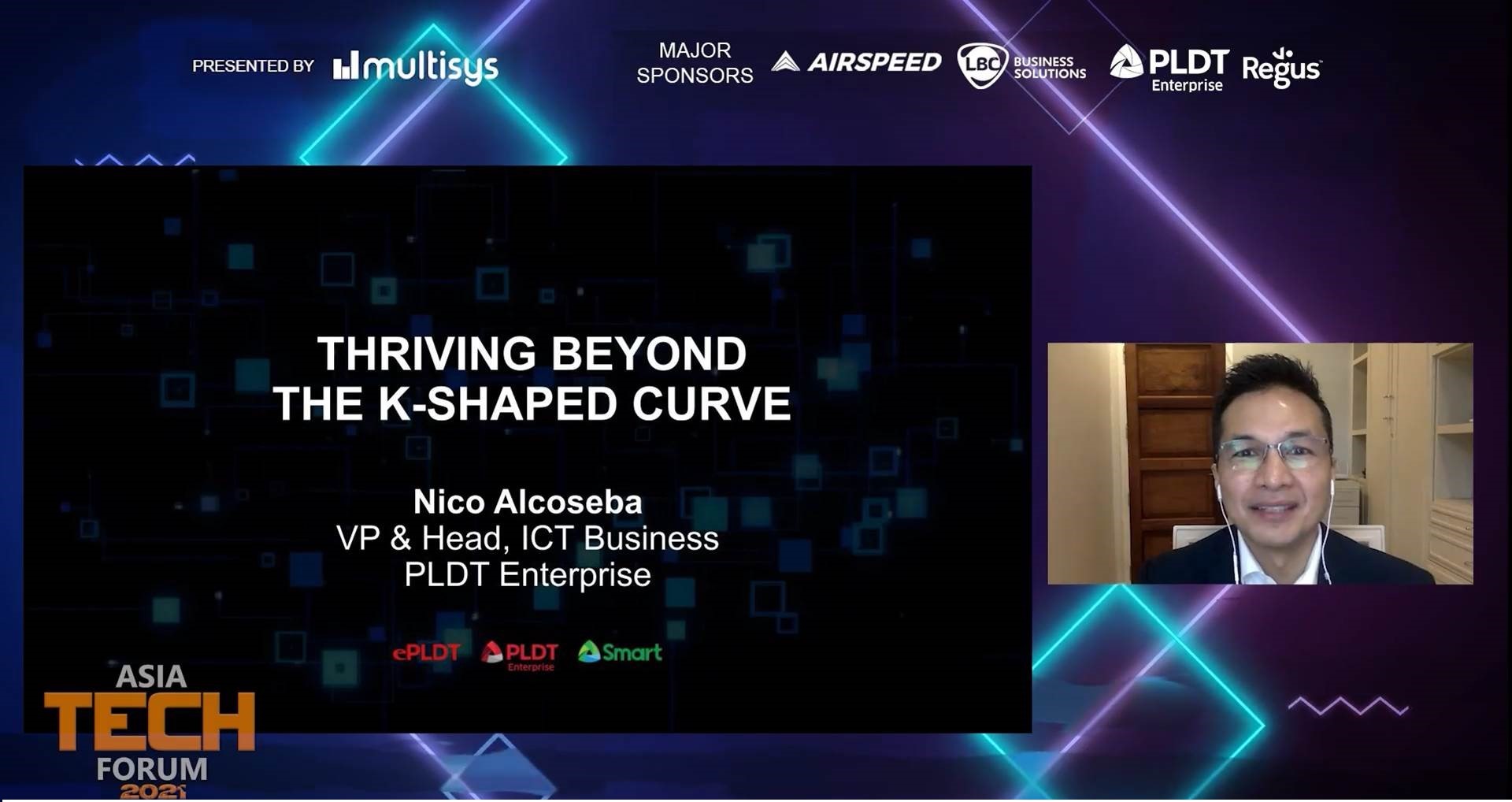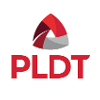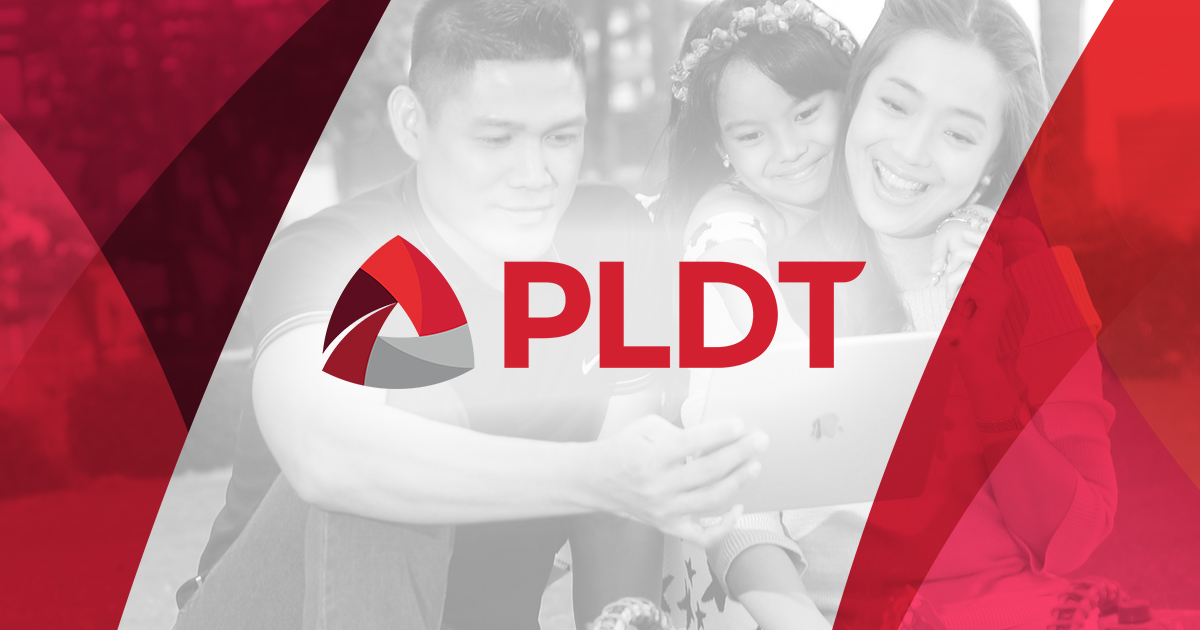

The country’s largest, fully integrated telco firm PLDT urged businesses to rethink their strategies and re-examine their approaches to cope with the long-drawn-out pandemic.
During the online broadcast of the Asia Tech Forum 2021, PLDT Vice President and Head of ICT Business Nico Alcoseba cited key factors, helping companies thrive. He cited a study released by McKinsey on “through-cycle outperformers,” where thriving companies that invested in critical capabilities enabled them to shift to digital operations. Alcoseba emphasized three key aspects for a business outcome-led and technology-enabled strategy to better survive the economic environment:
Contactless is the Now Normal
“As we put our customers at the center of how we transform our businesses, building customer experience with a “contactless” mindset takes into consideration consumer personas that have emerged from this past year,” he shared.
Citing a Deloitte study, he listed four varying personas of the new kind of customer emerging from this crisis.
The ‘Shut-In Shoppers’ do their transactions online expecting fast delivery of goods and remote activation of services with a great value for their money mind-set, while ‘Touchless Store Experiencers’ will still want an immersive in-store experience, but devoid of human interaction.
Then there are the ‘Drive-through Customers’ who value speed and simplicity and prefer short purchase journeys, while ‘Virtual Patrons’ are the most sophisticated as they are willing to pay for brands that help them live virtual experiences without having to leave their homes.
“The key is choosing which personas we would like to target and then creating new unique value propositions for these customers,” he added.
Businesses need to get ‘Phygital’
Alcoseba pointed out how "contactless" has gone beyond digital payments, delving into hybrid operations. He said businesses are migrating from “brick-and-mortar” to “bricks-and-clicks”, a combination of Physical and Digital, or “Phy-gital.”
First, businesses have to understand customer personas and tailor experiences for them. In looking at new business strategies, operational processes, and technology investments, customer behavior shifts are the main drivers of transformation.
Second, businesses need to tie all ends from front-end, back-end, and far-end for a seamless experience. One of the results of the digital shift is that customers now expect experiences that are immediate.
Therefore, the importance of tying-in the front-end customer touchpoints, back-end operations infrastructure, and far-end partner ecosystem is key to make this experience a positive one – especially as business scales.
Lastly, businesses must invest in core capability and divest of periphery activities.
“As the economy re-opens and our customers begin to feel safer going out of their homes, they will be looking for experiences that combine the efficiency, immediacy and safety of digital with the certainty, immersiveness, and connectedness of physical,” shares Alcoseba.
Imperatives to thriving in this new business environment
New ways of thinking, new ways of working, and new ways of operating are all underpinned by strong digital technology enablement. This also means digital systems become central to operations, and resilience emerges front-and-center in the strategic agenda.
Alcoseba cites four principles that constitute best-practice in resilience:
For peace of mind that your business will continue to run, put mission-critical applications in mission-critical infrastructure.
To keep up and adapt to changes, build-in agility into operations.
To better serve customers with improving manual processes in the value chain, automate processes for scale.
And most important is to protect the perimeter-less environment.
This new-found virtual ground also equates to a larger surface area of vulnerability, and if inadequately protected, the risk of a cyberattack and data breach becomes more apparent. Attackers constantly evolve their tactics to compromise systems, and they exploit the weakest link - the human element.
“In order to effectively protect this perimeter-less environment, a company must execute a multi-layered approach to cybersecurity which is enabled by a holistic framework that covers prediction, prevention, detection, and response,” he added.
Alcoseba stresses how important companies should invest in cybersecurity knowing that “every company has one employee that will click on anything.”
This initiative to help enable businesses to thrive in the “new normal” falls under PLDT's group-wide commitment to Awesome Customer Experience and Quality of Service, one of the seven pillars that comprise the company's sustainability framework. PLDT and Smart’s relentless push to enable and empower businesses with technology and connectivity is also aligned with the group’s long-standing commitment to help the Philippines attain the UN’s Sustainable Development Goals, particularly SDG #9: Industry, Innovation, and Infrastructure.

